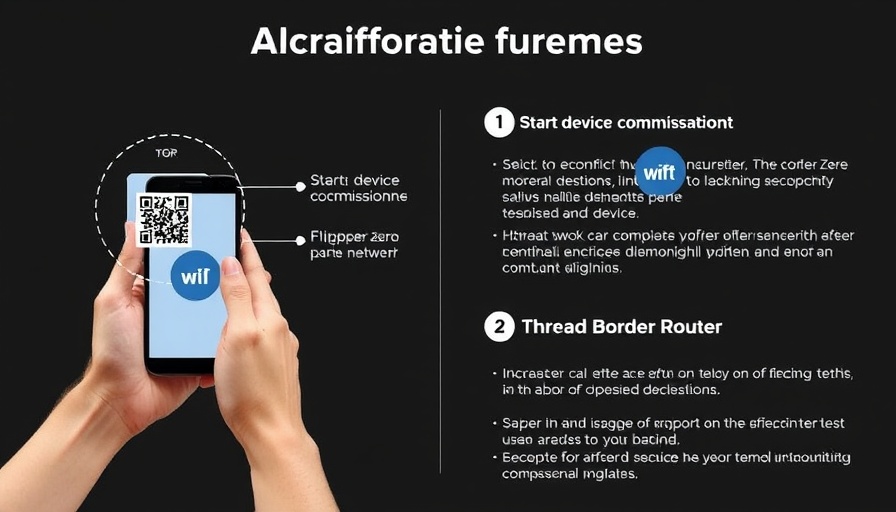
Innovation at Home: The Rise of DIY Security Solutions
In today’s fast-paced world, where home security is paramount, innovative DIY solutions are becoming increasingly popular among homeowners, particularly those with older properties. California, renowned for its diverse and tech-savvy population, is a fertile ground for creative minds eager to enhance their living spaces using unconventional methods. In an inspiring example, a DIY enthusiast named Nathan repurposed common household items to build a sensor that detects the position of his basement deadbolt lock, turning everyday materials into a high-tech solution.
How Nathan’s Hack Works: A Closer Look at Compliant Contacts
Nathan’s setup features springs from a ballpoint pen creatively employed as a compliant contact to sense the lock’s position. By integrating these springs with a BeagleBone Black, Nathan devised a method to check whether his basement door was securely locked. This approach highlights the potential of turning ordinary objects into essential components of home automation. With the sensors wired to the BeagleBone, it signals when there’s conductivity between the springs and the deadbolt, despite being located over 15 feet away.
The Challenge of Noise: Crafting a Reliable System
One of the technical challenges Nathan faced was noise in the signal due to the distance of the BeagleBone from the sensors. To tackle this, he ingeniously designed an RC (resistor-capacitor) filter that mitigated high-frequency noise, ensuring a stable and reliable connection. Moreover, Nathan wrote debounce code to address the inherent noise of the springs, showcasing his skills in programming and electronics. Such adaptations are critical in a world where reliability is key to home safety.
Why Creative Solutions Matter in Home Safety
For California homeowners, embracing creative solutions like Nathan’s can transform how we think about home security. Traditional methods often involve expensive or complicated systems. However, utilizing creative hacks not only saves money but also offers a sense of personal satisfaction and empowerment. Homeowners in urban and suburban areas can take inspiration from Nathan's ingenuity, applying similar principles to enhance their security measures without breaking the bank.
Getting Started: Practical Tips for Your DIY Home Security
If you’re looking to embark on your own DIY home security projects, consider these practical tips:
- Assess Your Needs: Identify which areas of your home require monitoring and what types of sensors or tools would work best.
- Use What You Have: Look around your home for items that could be repurposed, like sensors from old devices or common materials like springs.
- Research and Learn: Engage with online communities and resources to learn more about electronics and programming to better understand your projects.
- Safety First: Always prioritize safety when working on electrical components or repairs.
- Start Small: Begin with simpler projects before scaling up to more complex systems to build your skills and confidence.
Conclusion: Embrace Innovation and Personal Safety
Embracing innovative and resourceful approaches to home security can not only bolster your safety but also foster a sense of community among DIY enthusiasts. By learning from examples like Nathan’s, you can empower yourself to create practical solutions that suit your unique living environment. As California homeowners adapt to new challenges, remember that every hack, however simple, can contribute to a more secure living space. Take the plunge—explore your household items and start crafting your own ingenious improvements today!
 Add Row
Add Row  Add
Add 




Write A Comment